Needle guides for BK Medical Transducers
Victor Duran2024-12-04T16:33:02-05:00Reusable & Disposable Ultrasound Needle Guides for BK Medical
We offer needle guides for most BK Medical ultrasound transducers. Check your BK Medical ultrasound transducer’s connector label to identify your transducer’s model and find in the lists below (in alphabetical order).
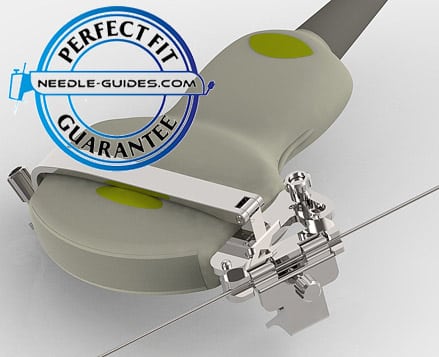
Reusable Convex BK Medical ultrasound needle guides
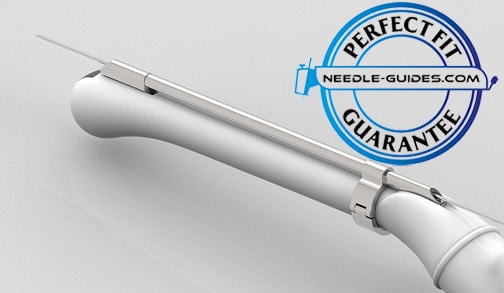
Reusable Transrectal & Endocavity BK Medical ultrasound needle guides
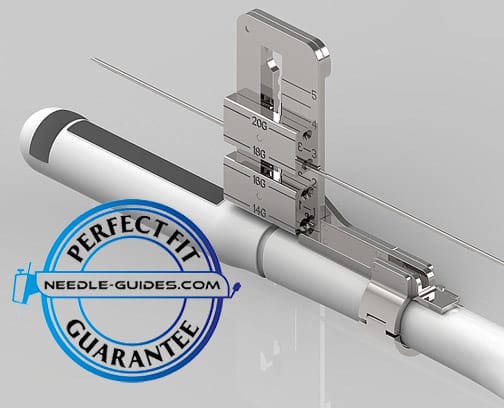
Reusable Biplane Transrectal BK Medical ultrasound needle guides
| BK Medical 8808 ultrasound transducer needle guide | Biplane Trasnrectal |
| BK Medical 8848 ultrasound transducer needle guide | Biplane Trasnrectal |
| BK Medical E14CL4b ultrasound transducer needle guide | Biplane Trasnrectal |
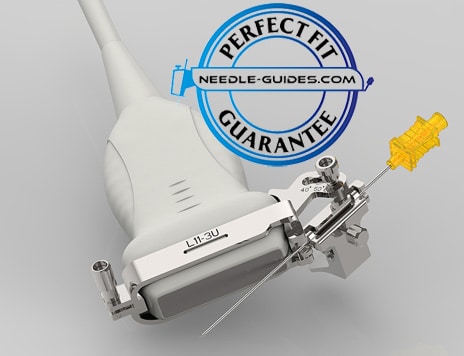
Reusable Linear BK Medical ultrasound needle guides
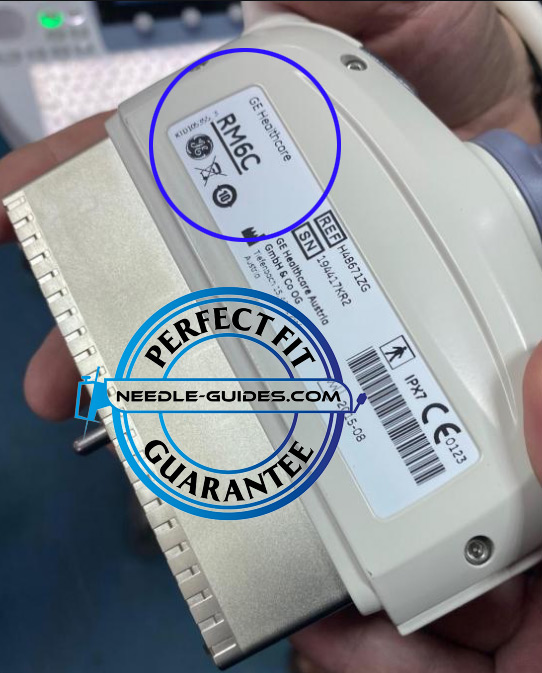
Can't find your BK Medical ultrasound needle guide? We can help!
Ultrasound Needle Guide Quotation request
"*" indicates required fields

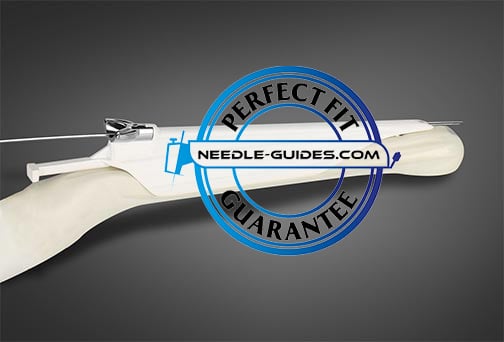

Endocavity Ultrasound Needle guides for BK Medical
A needle guide mounted on your BK Medical endocavity transducer is commonly used for ultrasound-guided procedures that involve accessing organs or structures through body cavities. Specifically, the endocavity transducer is specifically designed for imaging within body cavities, such as the rectum, vagina, or esophagus, and provides high-resolution images in close proximity to the target area. Correspondingly, a needle guide attached to an endocavity transducer, facilitates accurate needle placement and enhances procedural guidance for various medical purposes, including:
Transrectal prostate procedures: A needle guide mounted on your BK Medical endocavity transducer assists in accurately targeting the prostate gland in procedures such as prostate biopsies or brachytherapy. In this situation, it helps guide the biopsy needle or the radioactive seeds to the desired locations within the prostate, ensuring precise sampling or treatment delivery.
Transvaginal interventions: A needle guide on your BK Medical endocavity transducer can be used for interventions such as cyst aspirations or uterine fibroid ablations in gynecological procedures. For this purpose, the needle guide allows for precise needle placement in therapeutic interventions targeting cysts or fibroids within the vagina or uterus.
Endorectal interventions: A needle guide on your BK Medical endocavity transducer can be utilized for interventions such as biopsies or abscess drainages in procedures involving the rectum or anal canal. Specifically, it helps guide the needle to the target area within the rectum, facilitating accurate sampling or drainage procedures.
Endoscopic ultrasound-guided interventions: A needle guide mounted on your BK Medical endocavity transducer can be used for precise fine-needle aspirations or injections in endoscopic procedures. In this case, it provides real-time visualization and precise needle guidance for sampling or therapeutic interventions within the gastrointestinal tract, such as the esophagus, stomach, or rectum.
In summary, a needle guide mounted on your BK Medical endocavity transducer enables accurate and real-time visualization during procedures within body cavities. It improves the safety, accuracy, and success rates of needle placements, reducing the risk of complications and improving patient outcomes.

Convex Ultrasound Needle guides for BK Medical
A needle guide mounted on your BK Medical convex transducer is typically used for ultrasound-guided procedures that involve the insertion of a needle or catheter into the body. Specifically, the convex transducer refers to the type of ultrasound probe that has a curved or convex shape, allowing for a wider field of view and deeper penetration into the body.
Therefore, the needle guide serves as a tool to assist in accurate and precise needle placement during procedures such as:
Biopsy: A needle guide can be used during ultrasound-guided biopsies, where a tissue sample is obtained for diagnostic purposes. For this purpose, the guide helps in aligning the needle with the target tissue, ensuring that the biopsy is performed at the desired location.
Aspiration and drainage: A needle guide can be used to guide the needle precisely to the desired location in procedures that involve draining fluid collections or aspirating fluid from a specific area, while minimizing the risk of damaging surrounding structures.
Nerve blocks and regional anesthesia: A needle guide mounted on your BK Medical convex transducer can assist in accurate needle placement near nerves or specific anatomical landmarks during nerve blocks or regional anesthesia procedures. In particular, this helps in delivering local anesthetic agents precisely, ensuring effective pain management or surgical anesthesia.
Vascular access: A needle guide can aid in identifying and targeting the desired blood vessel accurately when inserting a central venous catheter or performing peripheral vascular access. In this case, facilitating in successful cannulation and reducing the risk of complications.
In summary, a needle guide mounted on your BK Medical convex transducer provides real-time visualization and guidance, allowing medical professionals to perform procedures with increased precision, reduced risk, and improved patient outcomes.

Bi-Plane Ultrasound Needle guides for BK Medical
A needle guide mounted on your BK Medical bi-plane transducer is used for specialized ultrasound-guided procedures that require imaging from two perpendicular planes simultaneously. Specifically, the biplane transducer consists of two transducer elements oriented at right angles to each other, providing real-time imaging in orthogonal planes. Correspondingly, a needle guide mounted on a biplane transducer, facilitates accurate needle placement and enhances procedural guidance for specific medical purposes, including:
Transrectal prostate interventions: A needle guide on your BK Medical biplane transducer can assist in accurate needle placement within the prostate gland in transrectal procedures such as prostate biopsies or brachytherapy. In similar fashion, the dual-plane imaging capability allows for precise targeting and sampling from different angles, improving the diagnostic yield and reducing the risk of complications.
Cardiac interventions: A needle guide on your BK Medical biplane transducer can aid in accurate needle placement or device positioning during certain cardiac procedures, such as transcatheter structural heart interventions. As a result, the biplane imaging helps visualize the cardiac structures from multiple angles, facilitating precise guidance and ensuring optimal procedural outcomes.
Neurosurgical procedures: A needle guide mounted on your BK Medical biplane transducer can be used for interventions such as stereotactic biopsies or intracranial interventions in neurosurgery. At the same time, the biplane imaging allows for accurate targeting of brain lesions or structures from different angles, improving the precision and safety of the procedures.
Orthopedic interventions: A needle guide on your BK Medical biplane transducer can aid in accurate needle placement for certain orthopedic procedures, such as joint injections or aspirations. For this purpose, the dual-plane imaging enables better visualization of the joint space or surrounding structures, enhancing procedural accuracy and reducing the risk of complications.
In summary, a needle guide used with your BK Medical biplane transducer provides simultaneous imaging from orthogonal planes, allowing for enhanced visualization and precise needle guidance in specific medical procedures. It improves procedural accuracy, reduces complications, and contributes to better patient outcomes in these specialized interventions.
